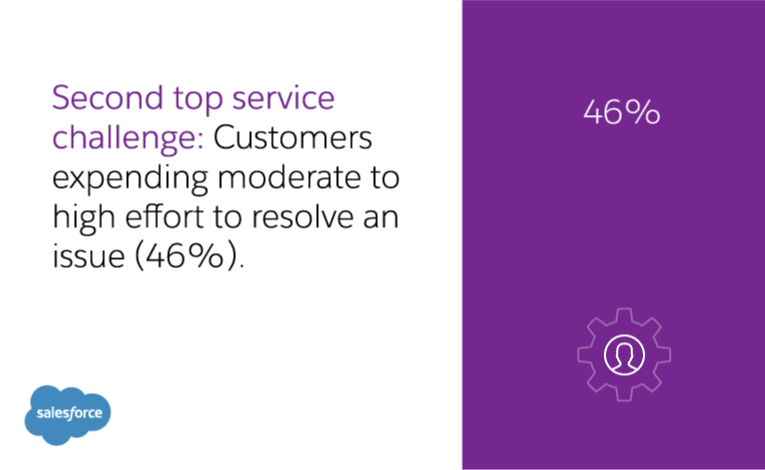effects of bad customer service
The Disastrous Effects of Bad Customer Service

The Purpose of Customer Service
Good Customer Service vs. Bad Customer Service

Impact of Good Customer Service
What Makes Poor Customer Service
Examples of Poor Customer Service

Almost everyone has had a negative experience at a restaurant. For example, imagine Jane and Don Miller are celebrating their 20th anniversary at a swank restaurant. However, their waitress seems to be preoccupied waiting on other customers. Don finally motions to the waitress, and she comes to take their order. After thirty minutes, the entrees finally arrived, cold. By now, the excitement of celebrating has waned, and what could have been a memorable evening has turned into a nightmare. The waitress presents the check but is disappointed the Millers left only a small tip.
It may happen more often in certain areas, but the truth is that the potential for bad customer service is not limited to any specific industry. Any business that interacts with clients—whether it be in a B2B or B2C environment, whether it be in-person or across various communication media—runs the risk of alienating customers. Bad customer service can come in many different forms. Here are 15 general signs/actions that represent bad customer service:
Failing to properly greet customers upon the first contact.
Forcing customers to wait for long periods of time without apology or explanation.
Forgetting to use courteous speech when speaking with customers.
Transferring customers to other service representatives without helping to answer their concerns.
Not giving full attention to customers.
Demonstrating an incomplete knowledge of the product or service.
Criticizing the company, competitors, or other customers.
Avoiding eye contact.
Making excuses.
Fidgeting or showing signs of impatience.
Lying to customers.
Communicating in ways that can be easily misunderstood.
Talking down to customers.
Socializing with fellow employees instead of assisting customers.
Failing to properly thank customers for their business.
Of course, these examples only scratch the surface of bad customer service. In reality, any action—no matter how innocuous—that shows disregard or disrespect for the customer, their time, or their concerns will likely have a negative impact on how that customer views your organization.
Unfortunately, there are some businesses that have turned bad customer service into a defining feature. For the past several years, Comcast’s customer service has been rated among the worst available, topping the list for the past two years running, with 54.4% of respondents in a survey commissioned by 24/7 Wall Street. That’s almost 10 percentage points higher than the next highest company! This is largely attributed to the fact that, in many areas, Comcast has no competitors and has grown complacent. All it takes, though, is for a competitor to arrive and treat their customers a little better, and they will leave by the hundreds.
Correcting and Preventing Negative Customer Experiences
The best way to prevent negative buyer experiences is to establish employee training programs to familiarize them with the proper way to interact with and retain repeat customers.
The golden rule used to be, “The customer is always right.” When a client is offended, the best recourse is an immediate sincere apology and an offer to make amends. Of course, lower level sales reps need approval before offering compensation; but a discount, replacement product, or a rain check for out of stock items usually satisfies the customer.
Employees who are rude, indifferent or otherwise offensive to customers should be reprimanded. Depending on the degree of offense, corrective action might include a strict warning, being moved to another department, demotion, a pay cut, or ultimately dismissal.
Of utmost importance is a well-trained sales rep who understands that every face-to-face encounter is an opportunity to influence a potential customer. A smile and a handshake can mean the difference between a sale lost or gained and a job retained.

